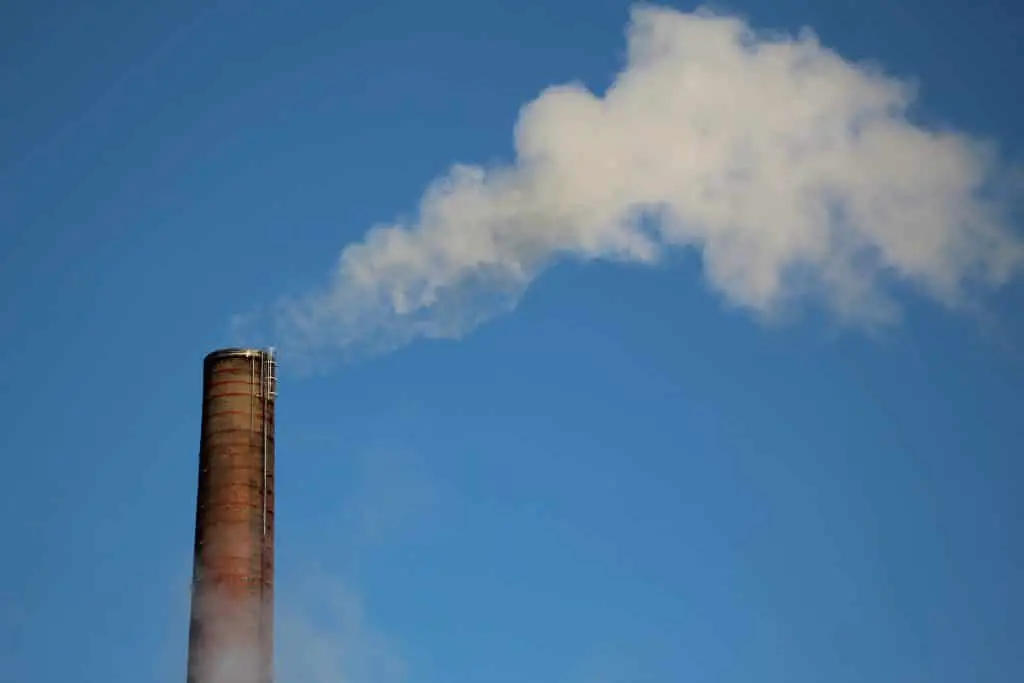It is estimated that 45% of the American population lives in counties with unhealthy levels of air pollution. The 50th anniversary of the Clean Air Act, 2020 is a year of unprecedented societal change. This change comes with an
opportunity for improvement and a greener future.
Making our urban air healthy is not an easy task, but engineers, architects and scientists are collaborating to make improvements on a number of levels. From forest cities to smart cities, it’s clear that the solution lies between nature and technology.
Industrial air pollution
While the quality of America’s air has improved over the last few decades, progress has not been equal between industries. Transport remains a leading cause of emissions, especially in urban areas. The advent of electric vehicles (EVs) presents us with an opportunity to remedy this, and with proper incentives, we may see a dramatic decline in the use of petrol and diesel vehicles in urban areas over the coming decade. However, these advances aren’t worth much if our energy production practices don’t keep up. Thankfully, the energy sector is one that is making excellent progress, reducing its pollution by increasingly utilizing renewable energy sources.
Surprisingly, manufacturing represents a relatively low source of air pollution. This is in part due to modern particulate scrubbers, which clean exhaust before it is released into the atmosphere. Polsys, experts in air pollution control, recommend that manufacturers take advantage of forced downtime to inspect their machinery and equipment to ensure it is compliant with emission regulations, and this practice plays a huge role in reducing air pollution.
Smart technology for cleaner air
A future of perfectly fresh air in urban areas may be a long way away, but it certainly is not outside our reach. Electric vehicles produce zero air pollution and next to no noise pollution. The adoption rate of EVs is increasing by 37% year on year, an impressive acceleration. Even more radical than EVs are the concepts of smart cities and even “forest” cities. Smart cities look to create a city-wide internet of things (IoT), encompassing every car on their roads and taking advantage of this to efficiently direct traffic for optimal flow. Doing this will reduce idle time of engines, and as a result, emissions. Forest cities are an even newer concept. A collaboration between biologists, architects and engineers, forest cities look to integrate trees into the design of buildings. The result is a green city in which trees actively filter the air, improving air quality passively while also looking incredible.
Air pollution is a multifaceted problem that requires cooperation across scientific and engineering fields of all kinds. While much progress has been made over the last 40 years, we are still a long way away from eliminating poor air quality from urban areas and preventing its most damaging effects on health. Thankfully, EVs and advanced scrubber technologies look set to reduce emissions significantly over the next decade.

